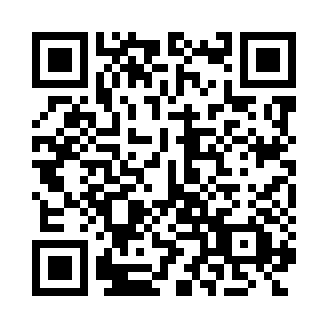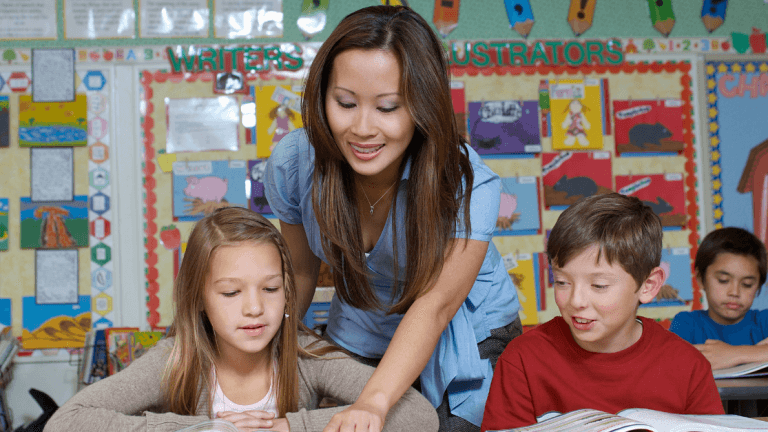Did you know the state has approved six bilingual program models to support emergent bilingual students? According to TEA data, 1 in every 5 Texas students enrolled are Emergent Bilingual. Spanish-speaking students comprise 92% of students served in Texas schools and are the fastest-growing student population. For this reason, the importance of bilingual education to use research-based practices continues to grow.
These practices should include teaching in the student’s native language. We should use real native language resources to support the bilingual student’s cultural and linguistic growth. Collaborative learning structures can also help improve language skills in both languages, fostering an inclusive and supportive learning environment.
Define Bilingual Education
The state has approved six bilingual program models. Texas has started several programs for English learners. These include ESL Pull-Out, ESL Content-Based, and Transitional Early-Exit programs. Transitional Late-Exit, One-way Dual Language Immersion (DLI), and Two-way DLI programs also exist.
The Dual Language program models are unique in their approach to bilingual education. They view a student’s native language as a valuable asset that helps them build their second language skills. These programs focus on helping students learn English. They also emphasize keeping and developing the student’s native language.
This approach helps students build metalinguistic awareness (Beeman & Urow, 2012). This means they can think about and analyze language. As a result, their overall academic performance improves.
Research has shown that dual language programs are most effective when teachers use them properly and keep them consistent long term. When teachers faithfully apply these models, students thrive not just linguistically, but academically.
Studies confirm that students who participate in dual language programs outperform their monolingual peers in both their first language (L1) and their second language (L2) (Thomas & Collier, 2004). The ultimate goal of Dual Language program models is for students to become biliterate, bilingual, and bicultural.
Pros of Bilingual Education
Why is bilingual education so important? Bilingual education offers numerous benefits for students, both linguistically and in academic achievement.
One example of advantages of bilingual education are cognitive development, which boosts brain function and improves skills like problem-solving, multitasking, and creativity. Furthermore, studies suggest that bilingual students often perform better in school compared to their monolingual peers.
Studies have shown that being bilingual can delay the onset of cognitive decline and dementia. In addition, they develop sharper memory and language skills, leading to more robust academic performance. Beyond the cognitive advantages, bilingualism fosters cross-cultural understanding, equipping students to navigate diverse cultural settings with ease and empathy.
Being bilingual also opens doors to career opportunities, especially in fields such as education, healthcare, law, and international business. Cross-cultural competency is becoming increasingly valuable in our interconnected world, where job opportunities often favor those with bilingual skills. Bilingual individuals have a competitive edge in the job market, as many industries seek employees who can communicate in multiple languages.
How You Can Facilitate a Bilingual Classroom
Do you speak Spanish or Vietnamese at a near-native proficiency level? Are you ready to make a meaningful impact on the academic and linguistic success of emergent bilingual students? If you answered yes, consider taking the first step to being an effective bilingual or ESL teacher in a Texas school.
Our goal is to train teachers for bilingual education programs, ensuring that they are well-prepared to support school students in a multilingual classroom. We offer a comprehensive test prep course designed specifically for teachers aspiring to become certified in bilingual education. We want to make sure teachers have the tools to help students in a multilingual setting.
Sign up for our upcoming prep course for the Bilingual Target Language Proficiency Test. This course is for classroom teachers who want to become certified to teach bilingual education in Texas. Our experienced instructors will guide you through test preparation strategies, ensuring you feel confident and ready to succeed.
Our next test prep session will be on October 5th and 12th. Don’t miss this opportunity to expand your teaching qualifications and make a lasting impact in bilingual education. Register today to join our upcoming Bilingual Target Language Proficiency Test prep if you are currently a classroom teacher and want to be bilingual certified. This includes elementary school, middle school, and high school educators.
Interested in learning more about our Educator Certification Programs? Check out our info sessions to get live or on demand feedback!
Scan the QR code to register.

Dr. Gabriela Lara, Elementary Education Specialist
Education Service Center Region 13 | Educator Certification Program | 512-919-5133 | teach.esc13.net
For more blogs like this one, visit the Multilingual Instruction blog page or Certification.

Dr. Gabriela Lara
Gaby is the Elementary Education Certification Specialist at ESC Region 13.





Add comment